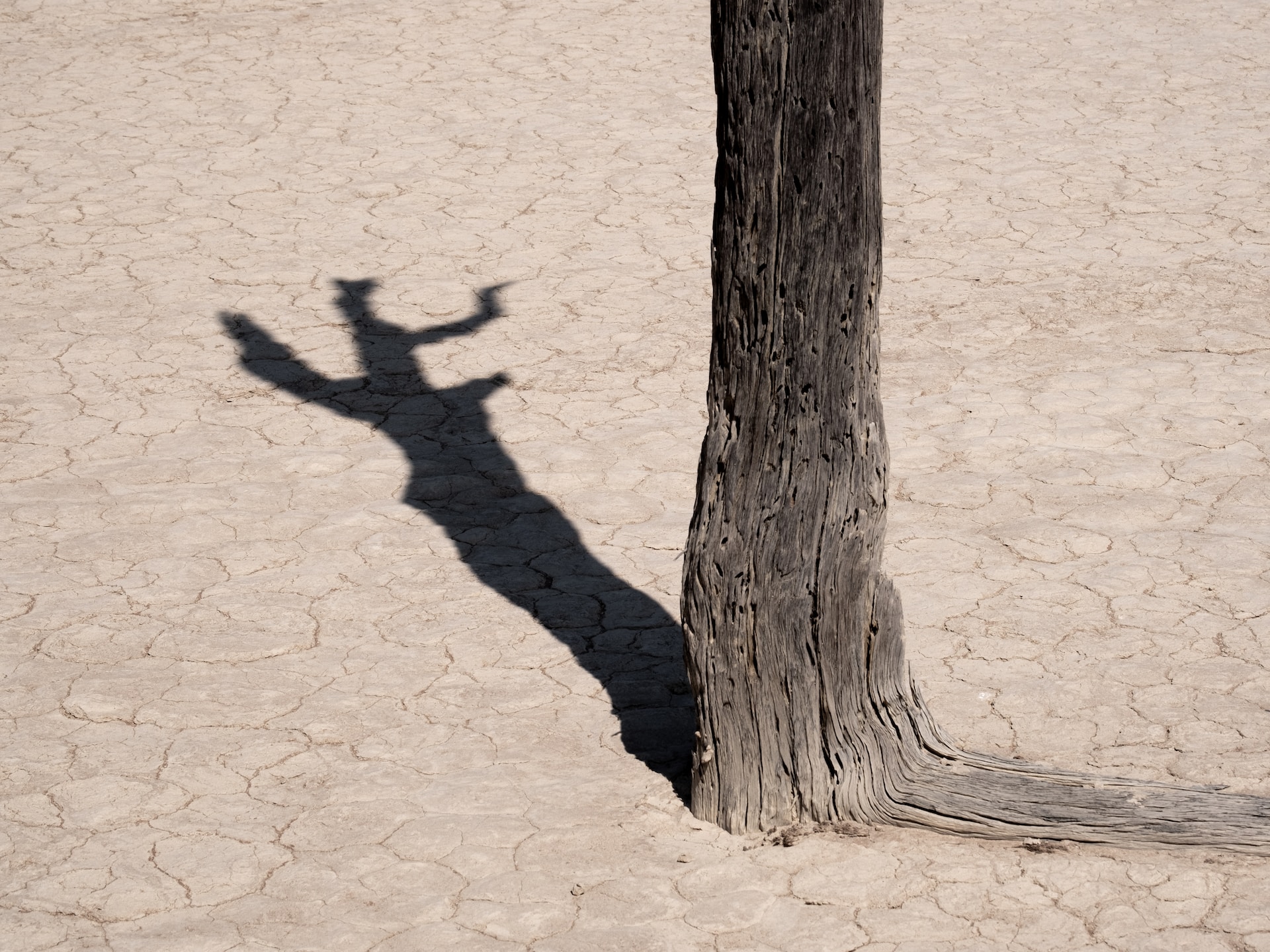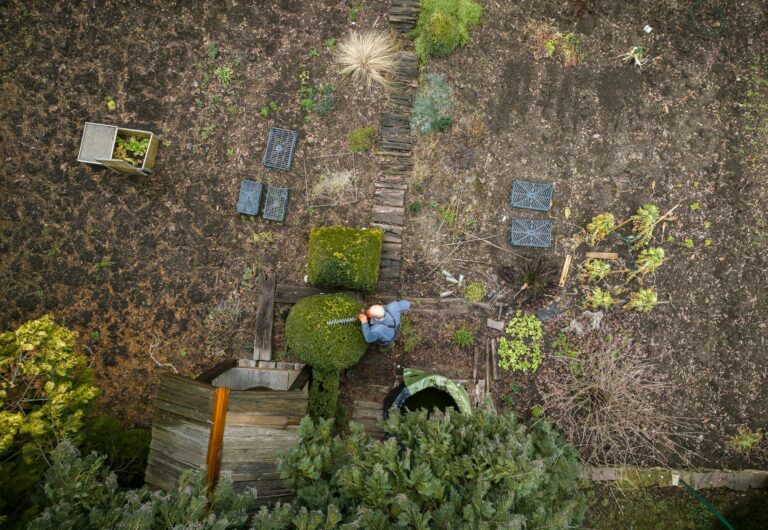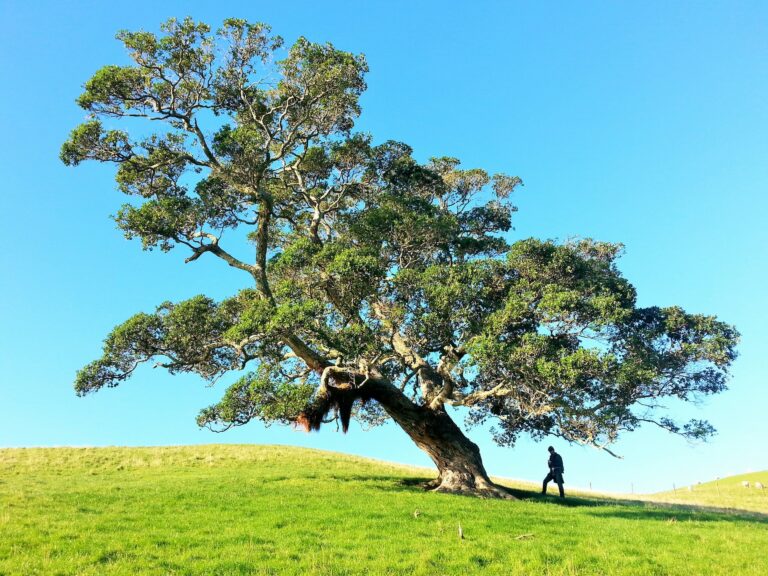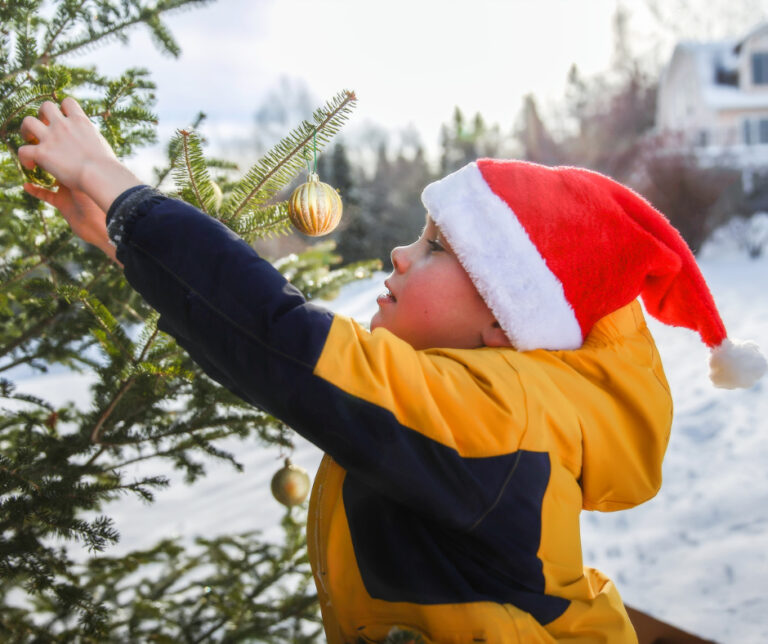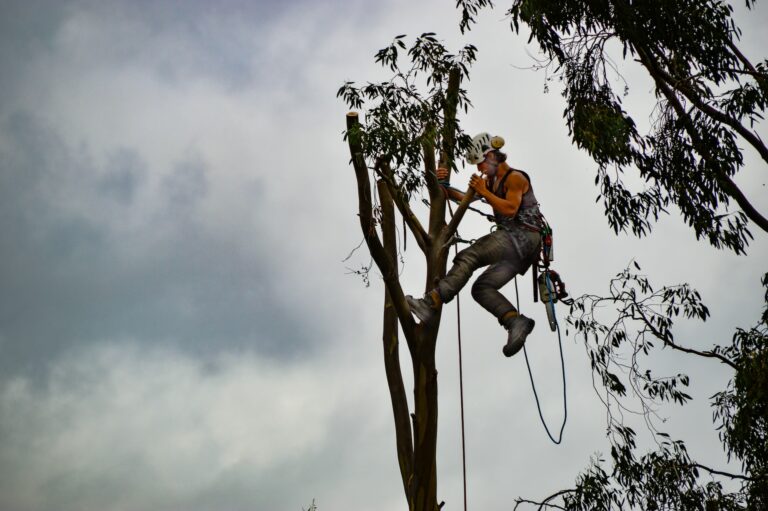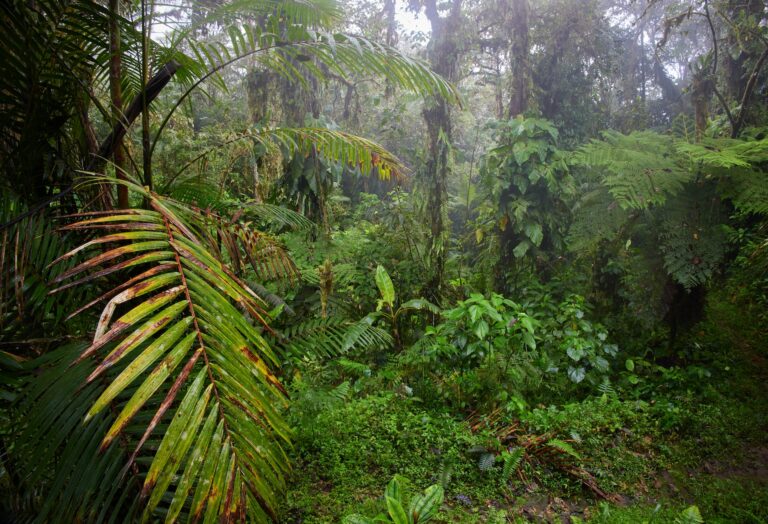How to Identify a Dying or Dead Tree and What You Can Do About It
As a homeowner, you take great pride in your yard and the trees that adorn it. However, trees don’t last forever; without proper care, they can wither away and become hazardous. It’s essential to know how to identify a dying or dead tree and what you can do to prevent any damage or accidents. In this article, we’ll teach you how to recognize the signs of a tree in distress and what steps you should take to save or remove it.
Identifying the Signs of a Dying or Dead Tree
The first step in determining your tree’s health is to inspect it regularly. Check for any visible signs of decay or damage, such as:
- Dead Branches: Dead branches are a sign that your tree is struggling. Limbs that are brittle, discolored, or without leaves indicate that the branch is no longer receiving nutrients.
- Fungus Growth: The fungus on or around your tree is a sign of decay. Mushrooms, conks, and brackets are all signs that your tree is in distress.
- Trunk Damage: Cracks, splits, and missing bark on the trunk of your tree can be a sign of decay or disease.
- Root Damage: A tree’s roots are essential for its survival. If you notice roots that are damaged, decaying, or growing above the ground, it’s a sign that your tree is struggling.
- Leaning or Uprooted: A tree that is leaning or has been uprooted is a potential hazard. It’s crucial to have the tree inspected by a professional to determine if it can be saved or needs to be removed.
What You Can Do to Save a Dying or Dead Tree
If you notice any of the above signs, taking action quickly is essential. Here are some steps you can take to save your tree:
- Prune Dead Branches: Pruning dead or diseased branches can help your tree redirect its energy to healthier branches. Be sure to use proper pruning techniques and tools to avoid causing further damage.
- Water and Fertilize: If your tree is struggling, it may need additional nutrients and water to recover. Be sure to water your tree deeply and fertilize it with a balanced fertilizer.
- Treat Diseases and Pests: If your tree is suffering from a disease or pest infestation, it must be treated promptly. Consult with a professional arborist to identify the problem and determine the best course of action.
- Provide Support: If your tree is leaning or has been uprooted, it may need support to prevent further damage. A professional arborist can install cables or braces to provide additional support.
When to Remove a Dying or Dead Tree
Unfortunately, not all trees can be saved. If your tree is beyond help, it must be removed to prevent potential hazards. Here are some signs that your tree may need to be removed:
- Large Dead Branches: If your tree has multiple large dead branches, it’s a sign that it is severely declining.
- Decaying Trunk: A decaying or hollow trunk is a sign that the tree is no longer structurally sound and may be hazardous.
- Leaning or Uprooted: A tree that is leaning or has been uprooted is a potential hazard and should be removed immediately.
- Pest Infestation: If your tree has a severe pest infestation beyond treatment, it may need to be removed to prevent it from spreading to other trees.
Call a Tree Care Service
Taking care of your trees is essential for the safety of your property and those around you. If you notice any signs of a dying or dead tree, you must act quickly to prevent potential hazards. If you’re unsure of what to do, it’s best to consult with a professional tree care service. They can assess your tree’s health and determine the best course of action. Don’t wait until it’s too late—call a tree care service today to schedule an inspection.
Niwaki Tree Services provides Rock Hill, South Carolina, with the highest quality tree care services. Our experienced staff is dedicated to keeping your trees safe, healthy, and well-maintained. With our five-star rating, reliable services, and local origin, Niwaki Tree Services is the optimal choice for tree care in Rock Hill, South Carolina. If you need expert tree services, do not hesitate to contact us.

